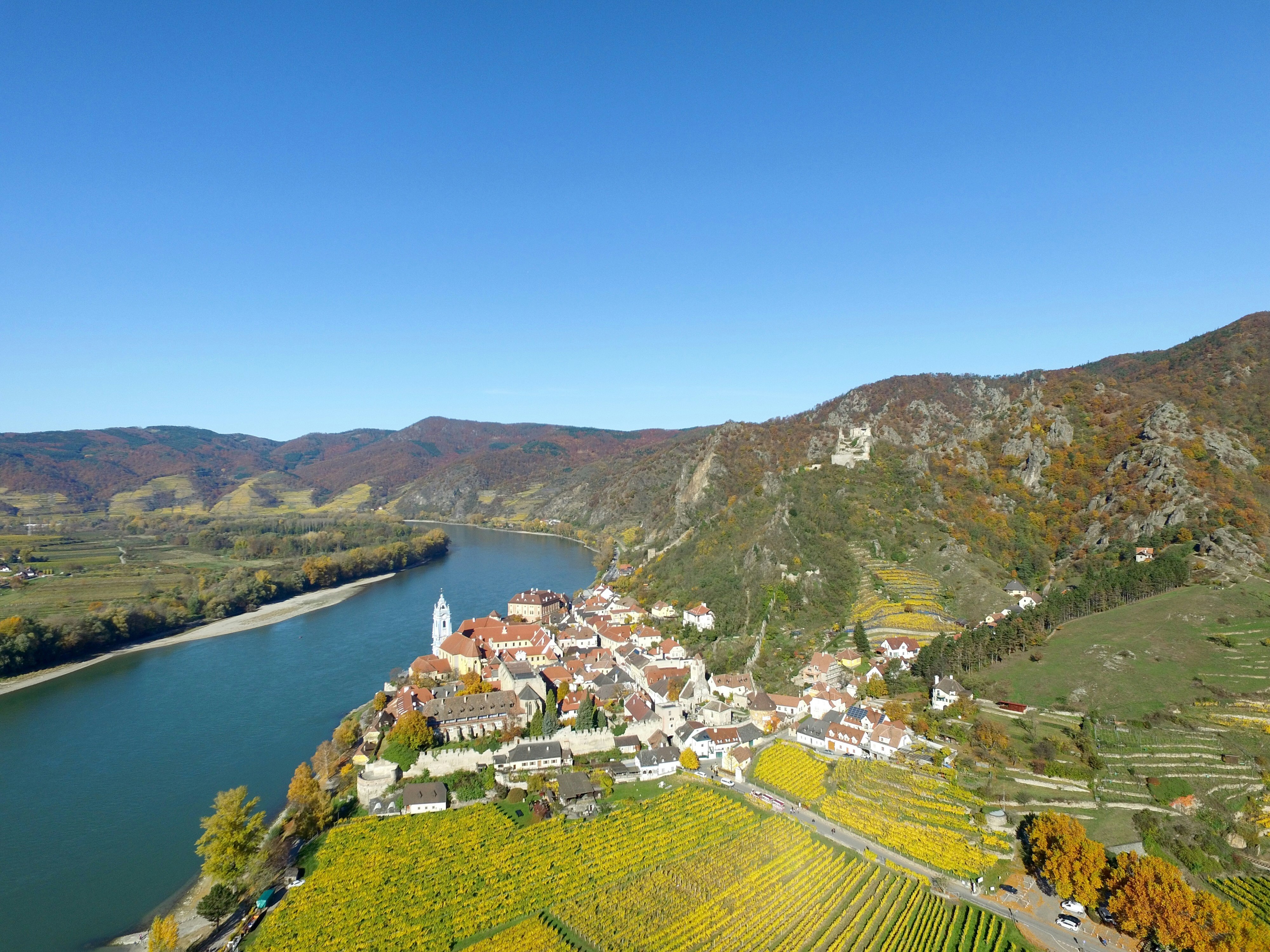Slavoj Zizeck is a modern thinker that has done a great job of critiquing the overarching assumptions in our society when it comes to power dynamics and the insidiousness of neoliberalism. In the video above his views on capitalistic consumption are summed up rather nicely. It’s worth the ten minute coffee break to watch it. Just be conscious of where you get your coffee from.
Direct Action
Little Towns Doing Good Things About Climate Change
Even the tiniest of towns can do good things for the environment and contribute to global efforts to fighting climate change. We usually cover big cities and their efforts of improving their relationship with the natural environment, so it’s worth looking at the other end of the scale. We’ve looked at a zero-waste town in Japan, a town banning bottled water, and way back in 2007 we looked at a town banning smoking around kids and another that was Europe’s first town to ban plastic bags. This all proves that no matter where you live you can make the world a better place and maybe you can get inspired by these villages.
Grist has collected recent examples of small towns making big change. Here’s one that decided to fight apathy:
Ashton Hayes, a small town in the British countryside, set out to be the country’s first carbon-neutral community in 2006. But instead of using policy to regulate emissions, the community-led initiative focused on changing residents’ behavior. The townspeople strung up clotheslines, took fewer flights, and improved the insulation in their homes, shrinking their total carbon footprint by 40 percent so far.
Garry Charnook, the villager who jumpstarted the town’s low-carbon quest, told the New York Times: “There’s so much apathy. We need to squeeze that layer of apathy jelly and get it out.†About 200 towns, cities, and counties from around the globe have reached out to the Ashton Hayes community to learn how, exactly, they squeezed their “apathy jelly†(what is that — a dessert?) and got to work.
Read about more towns making change.
Thanks Delaney!
Buying Recycled Products is Good for Everything
Reduce, reuse, and recycle is a mantra heard time and time again. Yet, not everyone follows it (remember that they are in that order for a reason: reduce what you consume in the first place, then reuse what you can, and recycle the rest). It can be easy though. When you do buy stuff (remember that you should try not to buy things – reduce) buy recycled because there are a ton of reasons from energy consumption to sending a message. Over at Grist they compiled a compendium of reasons to buy recycled.
Still, I’d encourage you to continue buying the 100-percent recycled stuff if you can — for foil as well as any other product — for so many reasons. Recycled content saves natural resources, so we can mine fewer metals, cut down fewer trees, and tap less petroleum. It uses less energy to produce, sometimes dramatically so; recycled aluminum can be whipped up with 95 percent less power than virgin aluminum. Recycled material slashes pollution and saves water, too. And let’s not forget it prevents our consumer castoffs from languishing away in a landfill.
Activists in SF Try to Get Drivers to Obey the Law
This year in Toronto drivers have been murdering non-drivers at a record rate. Of course, collisions causing casualties are all avoidable – drivers should watch where they are going and infrastructure designed for car drivers makes roads dangerous for everybody. Toronto isn’t unique for its number of driver caused fatalities in North America.
In San Fransico local activists got so sick of car drivers not obeying laws they took matters into their own hands. They setup simple barricades, just pylons, on bike lanes so drivers would know not to drive in them. It worked, drivers didn’t plow through the pylons to drive where they shouldn’t!
The cones, inspired by groups in New York City and elsewhere that have tested similar temporary interventions, are meant to point out that bike lanes really need to be separated to be safe.
“It’s not that we want the police to write tickets for people driving down bike lanes,” he says. “We want it so people can’t possibly drive down bike lanes, or can’t possibly zoom around corners and cut off pedestrians—because it’s physically impossible. I want the city to take it much more seriously.”
The Oppression of Lawns
The concept of a lawn at a residence has a short, but rich, history. Basically, the rich had large estates and to demonstrate their wealth they had large swaths of land not used for cultivation. Today there are still people trying to show off their wealth by owning large lands of uselessness. Things seem to be changing though as people eschew their lawns – some people replace it with something good and others just don’t care about the class association.
Remember that lawns are something you can make a choice about: you can live in a place without the unnecessary space, in hot climates you can try xeriscaping, you can make your landscape green, or you can look into a long list of lawn alternatives.
Perhaps not surprisingly, the traditional American lawn has come in for some scrutiny in recent years. Some, like Baker, are abandoning regular lawn maintenance out of environmental concerns — lawns require fertilizer to grow and gas to mow, and they take up space that could otherwise be used for animal habitat.
Other folks are ditching their lawns because of the amount of water they soak up — 9 billion gallons of it per day, according to the EPA. Think of the miracle that is the modern water supply — pristine water pumped hundreds of miles, passed through shiny state-of-the-art filtration systems, treated with miracle chemicals that keep our teeth from falling out of our heads, and available on-demand at the twist of a knob. And then consider that we intentionally dump billions of gallons of that water out on the ground!
